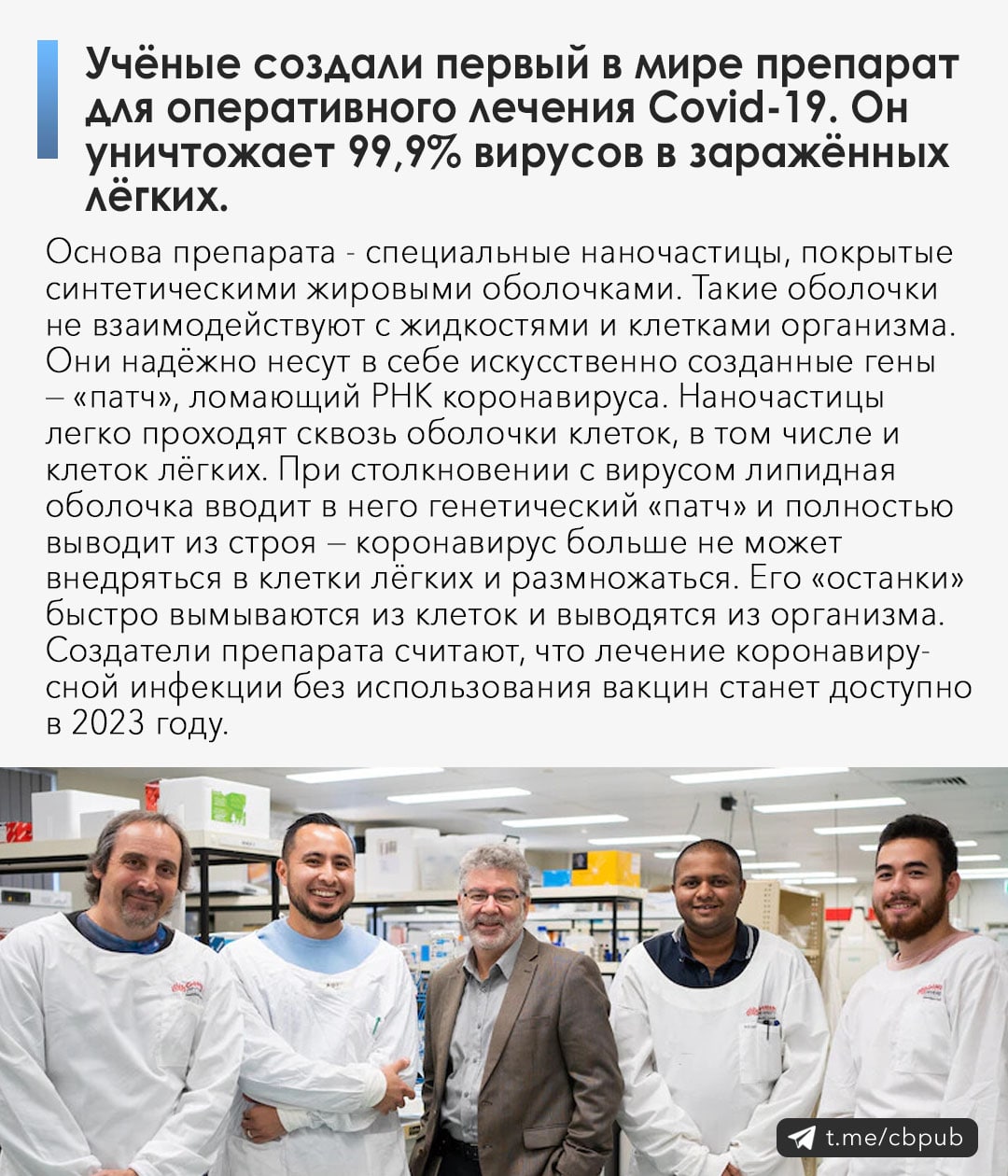Lipid nanoparticles (LNs) are biocompatible due to their lipid properties; hence, they can be selectively applied in fields such as biomedical science. Among the various LNs, liposomes in the form of spherical capsules, which are hydrophilic on the inside and consist of a phospholipid bilayer on the outside, are most suitable for intranasal delivery.183 The advantages184–188 and disadvantages189–192 obtained by using liposomes have been summarized (Table 2). Using lipid-coated mesoporous silica nanoparticles, a form of LNs, an antiviral molecule ML336, which is unstable and highly hydrophilic against Venezuelan equine encephalitis virus (VEEV), has been delivered into VEEV-infected mice. The suitability, cycle time, and viral titer have been shown to improve.193 Drug candidates in the form of nucleic acids, such as siRNA, have a significant limitation of being unstable during systemic circulation.194–196 However, transporting siRNA using LNs can target specific organs and has the great advantage of preventing degradation during systemic circulation.197

